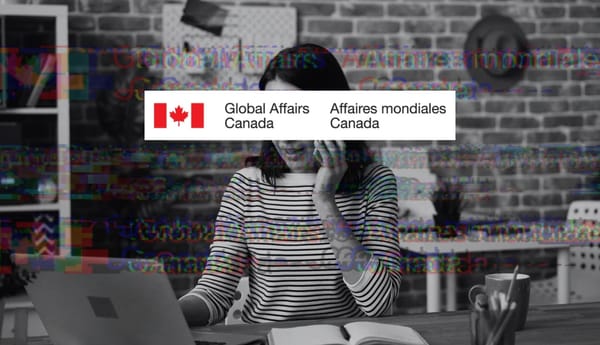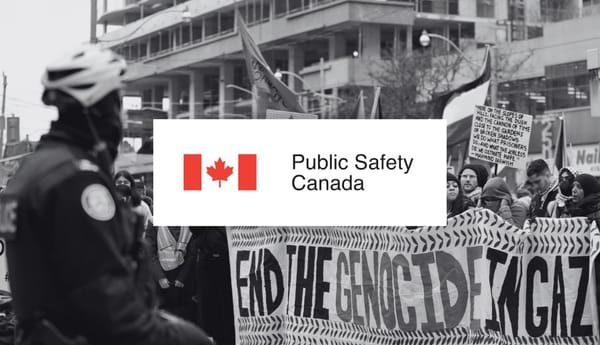When the Quebec government announced earlier this month that it was going to ease up on its vaccine mandate for healthcare workers, it was seen by many as an incoherent about-face. The idea was that it’s impossible to rationally argue that it should be mandatory for someone to be vaccinated to go to a bar, but not to work with medically vulnerable patients, especially if the workplace-related vaccine mandate is supposed to be universally applied.
But there’s a logic behind the Coalition Avenir Québec’s decision: they ran the numbers and saw that there’d be a different crisis if they laid off all unvaccinated healthcare workers (who represent about 3 per cent of the force): emergency rooms would have to close, especially in parts of the province where there are strong anti-vaccine campaigns. As a result, the government decided the risk that an unvaccinated worker might infect a patient is preferable to closing down medical units.
Ontario Premier Doug Ford also came to this conclusion after weeks of considering vaccine mandates, stating, “When the impact of the potential departure of tens of thousands of health care workers is weighed against the small number of outbreaks that are currently active in Ontario’s hospitals, I am not prepared to jeopardize the delivery of care to millions of Ontarians.” In October, the province announced that long-term care workers in the province would need to be vaccinated by November 15, but just a couple days before the deadline hit it was extended to December 13.
Debating vaccine mandates requires analyzing these kinds of trade-offs, just like so many of the public health measures that have marked our lives since March 2020. But as politicians, pundits and journalists debate whether or not these decisions make sense, we’ve lost ourselves in a circular argument that is incredibly disorienting.
A vaccine mandate, if deemed appropriate or necessary, should have been imposed by the government directly, regardless of the argument that they were hamstrung by human rights legislation. Our governments pass laws that violate the Charter of Rights and Freedoms regularly (ahem: New Brunswick Premier Blaine Higgs). But in this case, they chose to download policing vaccine compliance mostly to the private sector: employers and non-essential businesses, except for public sector workers, whose governments leaped past a widespread vaccine mandate for all and instead imposed mandates based on their role as an employer.
In doing so, politicians have created an incoherent mess. The responsibility now lies with thousands of different players within Canadian society, decentralizing both accountability and enforcement. As vaccination rates near a hard ceiling (children excluded), mandates are going to become more difficult to enforce, especially as they’ve also served to radicalize a small fringe.
Downloading this responsibility has also meant mandates become the primary political issue people respond to, as they take up so much space in public discourse. Entire journalistic series are written about mandates at the gym or in the classroom, leaving little to no room to publicly debate what’s to be done when the vaccine strategy reaches its limit, and COVID-19 still circulates, especially among pockets of unvaccinated individuals. There has been literally no discussion about what must happen beyond vaccine mandates. Instead, the debate rests squarely on who should be mandated and what needs to happen to those who refuse.
The power of a vaccine mandate isn’t in the mandate itself, but in the latent threat wrapped into it. Mandating that non-essential activities require proof of vaccination helped to bump up vaccination rates among thousands who otherwise wouldn’t have bothered. They also rewarded those of us who did get vaccinated, creating safer spaces for us to gather while trying to put a lid on the spread of the virus in places, such as restaurants or sports events, where it might propagate.
But COVID-19 doesn’t travel the most in these spaces. Again and again, the policy instrument chosen sidestepped the real issue: we still need to control the virus. What good is a teacher vaccine mandate when one of 25 people in a room is vaccinated? What good is a vaccine mandate if it will force medical units to shut down? Sure, logically, we all should not only be vaccinated, but be eager and excited to be vaccinated. But we can’t get to an 100 per cent rate unless the government mandates total vaccine coverage, something that would be highly questionable for COVID-19.
Rather than forcing employers (and then labour boards, courts and lawyers) to fight with employees to ensure that everyone is vaccinated, we need politicians to accept that we will not reach 100 per cent vaccination because they didn’t mandate 100 per cent vaccination. If we know that congregant settings are the most dangerous, and that the danger is highest for disabled people, and racialized and poor communities, then any vaccine campaign has to be accompanied by additional measures to slow the spread of COVID-19 among the most at risk.
To be sure, Canada’s high vaccination rate has been critical in stopping mass deaths and hospitalization. The threat of consequences were equal to actual consequences for a majority of people save the absolute fringe. But, as vaccination continues to slow to its eventual limit, we need to be demanding more targeted measures to help dilute groups of unvaccinated individuals from creating super-spreading COVID-19 clusters.
This means that rather than debating vaccine mandates, governments need to develop plans that would ensure some number of unvaccinated individuals can’t work together, to help insulate them from spreading COVID-19 among themselves and to whoever they serve. There must still be capacity limits imposed on large workplaces. Residential care facilities also need to be inspected more regularly, and placing residents together in the same room needs to be forbidden.
The problem is that if the government started to dictate more targeted measures, they’d de facto assume responsibility over workplace transmission, something they’ve refused to do from the start. They instead will continue to rely on employers to impose measures, and force compliance through minimal inspections and modest fines. That means COVID-19 will circulate as it has, dampened by the high number of people who are vaccinated but propelled by the communities of individuals who are hardcore committed to opposing them.
None of these debates are likely to happen, though. Instead, journalists will chase the vaccine mandate story as they have from the beginning: as the solitary measure that will end this pandemic. If only we had 100 per cent vaccination coverage (an impossibility thanks to age requirements and particular health conditions), we’d be out of this nightmare.
As vaccine mandates become more difficult to enforce on the remaining unvaccinated, and unless the government is going to impose their own national mandate (which they won’t), we have two potential futures ahead: either our leaders develop their plan to manage the virus in spite of pockets of unvaccinated individuals, or they don’t, and we’re left to wallow with the contradictions inherent in this politically expedient though foolish approach to COVID-19 mitigation.








Member discussion